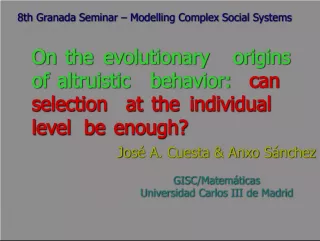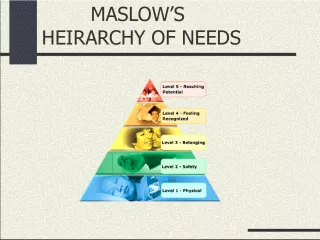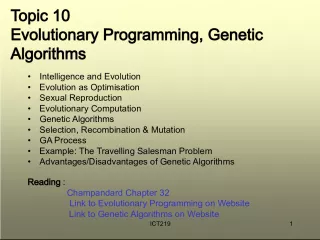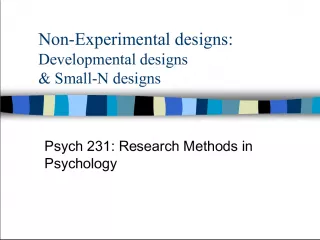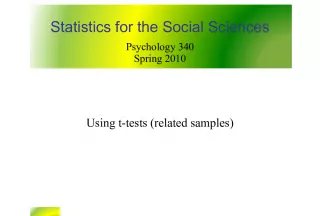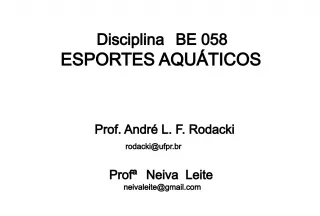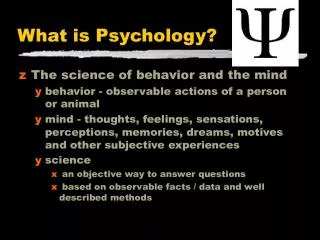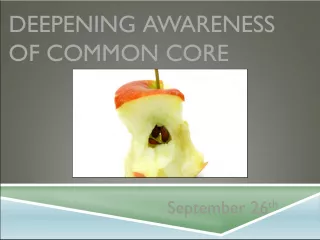Teaching Evolutionary Psychology and the Origins of Humans


Using Darwin's quote as a foundation, this teaching tool conveys a sense of deep time and explores the theory of Homo erectus migrating from Africa to Asia 1.8 million years ago.
- Uploaded on | 17 Views
-
 coryramos
coryramos
About Teaching Evolutionary Psychology and the Origins of Humans
PowerPoint presentation about 'Teaching Evolutionary Psychology and the Origins of Humans'. This presentation describes the topic on Using Darwin's quote as a foundation, this teaching tool conveys a sense of deep time and explores the theory of Homo erectus migrating from Africa to Asia 1.8 million years ago.. The key topics included in this slideshow are . Download this presentation absolutely free.
Presentation Transcript
1. Teaching Evolutionary Psychology David M. Buss
2. In the distant future . . . psychology will be based on a new foundation, that of the necessary acquirement of each mental power and capacity by gradation. --Charles Darwin, 1859
3. Teaching Tool #1 Convey to students a sense of deep time
4. Origins of Modern Humans Homo Erectus Migrated from Africa to Asia (1.8 MYA)
5. Increases in brain size during evolution ardipithecus brain size: 300 ccs Australopithe- cus brain size: 310-530 ccs homo habilis brain size: 580-752 ccs homo erectus brain size: 775-1225 ccs Neandertal brain size: 1200-1450 ccs modern human brain size: 1350 ccs
6. Milestones in the Origins of Modern Humans
7. Milestones in the Origins of Modern Humans
8. Teaching Tool #2 Teach students that there are multiple levels of causation and explanation.
9. Turtles
11. Teaching Tool #3 Explain the three theories of the origins of complex adaptive mechanisms
12. 1. Creationism
13. 2. Seeding theory
14. 3. Evolution by natural selection
15. Teaching Tool #4 Explain the logic of evolution by natural selection
16. Evolution Before Darwin Change over time in organic structures: evolution Characteristics seemed to have a purpose (porcupines, turtles, skunks)
17. Darwins Theory of Natural Selection The explanatory challenge: 1. why change takes place 2. how new species emerge 3. what the functions are of parts
18. The answer--natural selection: Variation, inheritance, differential reproduction
19. The key to natural selection: Differential reproductive success because of heritable variants ; everyone has ancestors, but not everyone leaves descendants
20. Natural selection provided 3 key answers Explained change over time: descent with modification Explained the apparent purposive quality of component parts: adaptive function United all species into one grand tree of descent: including humans
21. Darwin Was Deeply Troubled by Facts that Could not Be Explained by Natural Selection
22. Teaching Tool #5 Hence, need to explain the tremendous importance of the theory of sexual selection
23. Sexual Selection
24. Intersexual Selection: Preferential Mate Choice
25. Sexual Selection Components Intrasexual Competition
26. Teaching Tool #6 Explain the core tenets of evolutionary psychology
27. Core Tenets of Evolutionary Psychology 1. All behavior is a function of psychological mechanisms + input to those mechanisms
28. Core Tenets of Evolutionary Psychology 2. All psychological mechanisms, at some basic level, originate from evolutionary processes
29. Core Tenets of Evolutionary Psychology 3. Natural and sexual selection are the most important evolutionary processes responsible for creating psychological mechanisms
30. Core Tenets of Evolutionary Psychology 4. Evolved psychological mechanisms can be described as information processing devices. Inputs Decision Rules Outputs
31. Core Tenets of Evolutionary Psychology 5. Evolved psychological mechanisms are instantiated in the brain.
32. Core Tenets of Evolutionary Psychology 6. Evolved psychological mechanisms are functional : Designed to solve statistically recurrent adaptive problems
33. Teaching Tool #7 Teach the critical distinction between ultimate and proximate causation
34. Proximate and Ultimate Causation Proximate causation: Immediate causal forcesdevelopment, input, mechanism Ultimate causation: Why? [example: Why are men taller than women, on average?]
35. The Long Bones Explanation
36. Teaching Tool #8 Explain that humans were not designed to understand the causal processes that created their own psychology
38. What Was the Human Mind Designed to Comprehend?
40. Teaching Tool #9 Use examples from the human body
41. Teaching Tool #10 Use animal examples
42. All Species have a Nature
43. Sexual Conflict Dampwood termites : Antennating males
44. Animals Mating and Fighting
45. Teaching Tool #11 Use examples that relate to whats important in the lives of students*: Mating Cooperation Aggression Common clinical problems: depression, eating disorders, etc. Social conflict *Coincidentally, these are precisely the topics that evolutionary theory suggests tremendously important.
46. Topics Students Care About
47. Teaching Tool #12 Use thought experiments
48. Illustrative Thought Experiment: Mission Impossible What would you do if you were a gene? Your Mission: to increase your replicative success
49. Inclusive Fitness Revolution What would you do if you were a gene? Ensure the survival of your vehicle (body) Making copies of yourself: influence your vehicle to reproduce (find fertile mates, etc.) Aid in the survival and reproduction of other vehicles that contain copies of you (help genetic relatives)
50. Thought Experiment List all of the qualities women want in a long-term mate. List all of the qualities men want in a long- term mate.
51. Thought Experiment List all the things that men you know have done to irritate, anger, annoy, or upset women.
52. Teaching Tool #13 Deal with controversial topics head on: Issue surgeon generals warnings
53. Surgeon Generals Warning #1: There are Dark Sides to Human Nature
54. Warning # 2: Sexual Conflict is Prevalent Opposite- Sex Friendships Same-Sex Friendships Mateships Hierarchical Relationships Coalitions Parent- Offspring Relationships Step- Relationships Sexual Conflict
55. Warning #3: Evolved Sex Differences Exist Men and Women Differ in Domains Where they Have Recurrently Faced Different Adaptive Problems Over Human Evolutionary History
56. Recurrently Different Adaptive Problems of the Sexes Internal female fertilization Obligatory parental investment Metabolic demands of breast feeding Genetic cuckoldry Potential for misdirected parental investment Cryptic ovulation Cyclic ovulation
57. Likelihood of Agreeing to Have Sex With Someone You Find Attractive as a Function of Time Known
58. Teaching Tool #14 Emphasize that well constructed evolutionary psychological hypotheses are testable and hence falsifiable. Strongly Supported: Sex differences in mate preferences for cues to resources and cues to fertility Apparently Falsified: Loser male design feature of rape hypothesis
59. Teaching Tool #15 Lighten up: show a sense of humor E.g., One cartoonists rendition of male and females brains
62. Teaching Tool #16 Explain heuristic value of evolutionary psychology: Guides researchers to important domains such as . . . Mating Kinship Aggression Cooperation Social conflict Status hierarchies Morality
63. Teaching Tool #17 Consilience
64. Evolutionary Psychology is Consilient 1. Organizes known facts parsimoniously 2. Provides guidance to important domains 3. Leads to new predictions 4 . Unifies psychology with the life sciences
65. Teaching Tool #18 Show humility and honesty: What we know is minute compared to what we do not know
66. Final Teaching Tool #19: Excitement, Awe, Appreciation It is a rare and special privilege to be living in the exciting time of what I believe is the most important scientific revolution in the history of psychology
67. Thank you!

